Reunification Palace
Reunification Palace is (known as Independence Palace) the famous historical witness which passed through the two fierce wars against the French and American colonists. The palace was built on the site of the former Norodom Palace, a landmark in Ho Chi Minh City and designed by architect Ngo Viet Thu.
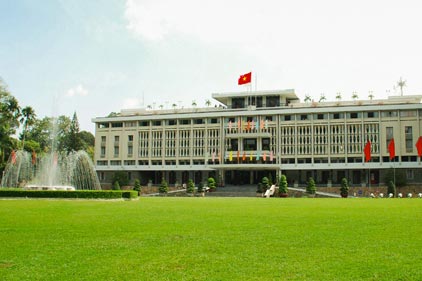
The Reunification Palace is one of the holy triumvirate of attractions in Ho Chi Minh City's downtown District 1. Just like the Notre Dame Cathedral and the Post Office, it sits as a time capsule of the city's turbulent past. The Reunification Palace was the site of dramatic finish to the Vietnam War as tanks crashed through the main stage and the victor's flag hung on the balcony on the morning of 30 April 1975.
When first completed in 1873, the complex covered 12 hectares with spacious gardens and a palace with an 800 metre-wide facade and an 800-person guest chamber. From 1873 to 1954, it was known as Norodom Palace, after the Cambodian king, and served as the residence of the Governors General of French Indochina throughout this time. Only during the occupation of Vietnam by the Japanese during World War II was this chain of governance broken. After the Geneva Accords in 1955, the palace was handed to Ngo Dinh Diem, the first prime minister of the State of Vietnam. The left wing of the palace was destroyed in 1962 after a bombing by two South Vietnamese pilots that mutinied. The remains of the palace were demolished.
So, Ngo Dinh Diem ordered the rebuilding of the Palace based on a design by the celerated architect Ngo Viet Thu, the first Vietnamese who won the Roman Champion. The construction was begun in July 1962 and completed in Octorber 1966. Independence Palace served as central command for the South Vietnamese effort against communist forces until April 21, 1975 when General Thieu wa evacuated as part of Operation Frequent Wind - the largest helicopter evacuation in history. On Aphe celenrated architect, Ngo Viet Thu, the first Vietnamese who won the Roman Champion. On April 30, 1975 North Vietnamese forces captured the palace and later renamed it Reunification Palace.
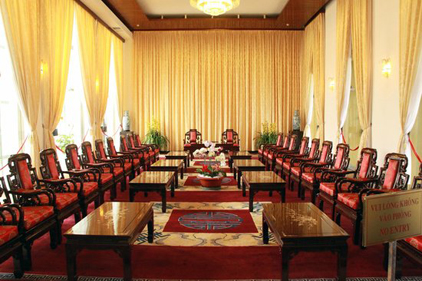
This area of 12 hectares, a surface area is about 2,000 square meters. The building has an area of 4.500 sqaure meters, including one ground floor, 3 main floors, 2 mezzanines, 1 terrace can be used for landing place of helicopters over 100 rooms, 4,000 lights, 400 internal telephone lines, 1 permanent basement, 1 backup Raio, 1 commanding rooms, etc.
Nowadays, the Independence Palace is a popular Historical Relic in Ho Chi Minh City and visited by many foreign and domestic tourists. This place has also used for the Governments's meeting and receptions.
See more
-
.jpg)
Sapa market
In the early morning, streets in Sapa downtown are filled with hundreds of Hmong and Red Dao people in colorful ethnic attire heading to Sapa market. The traditional Sunday...
-
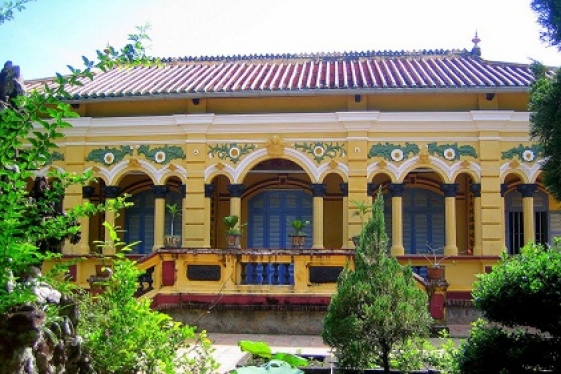
Nam Nha Pagoda
Nam Nha pagoda is famous not only by the beauty of elegant architect, peaceful and quiet palace but also by the historical – cultural relic. So it becomes a popular...
-
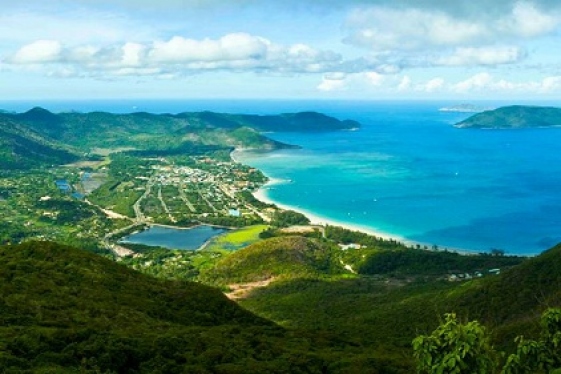
Con Dao National Park
Con Dao is a tourist island and is ranked one of 10 mysterious islands in the world by Lonely Planet. Besides, Con Dao National Park is the 6th Ramsar in the world, and the...
-
.jpg)
Fujian Assembly Hall in Hoi An
The photogenic Fujian (Phuc Kien) assembly hall was created as a place in which residents from Fujian in China could meet up and socialise whilst living or visiting Hoi An....
-
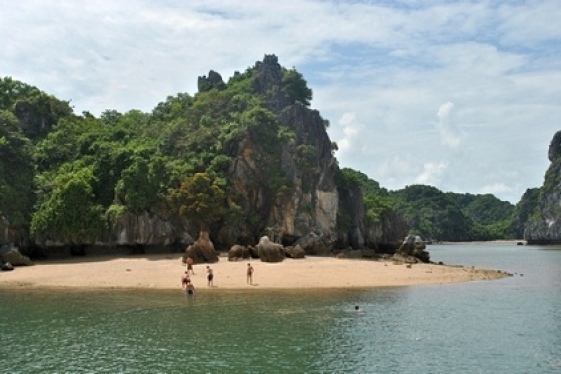
Lan Ha Bay
Located adjacent to Halong Bay, Lan Ha Bay is a peaceful bay in Cat Ba Islands system. Lan Ha Bay has about 400 large and small islands covered with green trees and...
-
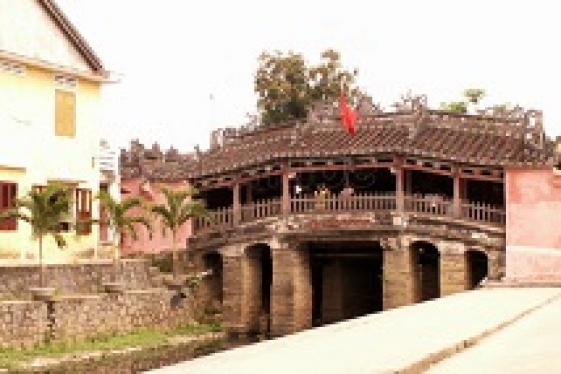
The Japanese covered bridge
The Japanese Covered Bridge or Cau Chua Pagoda (in Vietnamese “Cau Nhat Ban”) is one of the most famous tourist attractions in Hoi An, Vietnam.
-
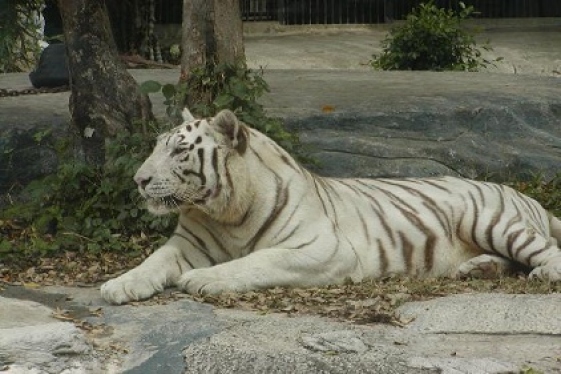
Ho Chi Minh City Zoo & Botanical Gardens
Founded more than 100 years ago, Ho Chi Minh City Zoo and Botanical Gardens (aka Saigon Zoo and Botanical Gardens) are listed as one of the oldest zoos in the world, opened...
-

Pham Ngu Lao Street
Pham Ngu Lao Street in Ho Chi Minh City is on the western edge of District 1 and is renowned as the place where most backpacking travellers stay during their holiday.
-
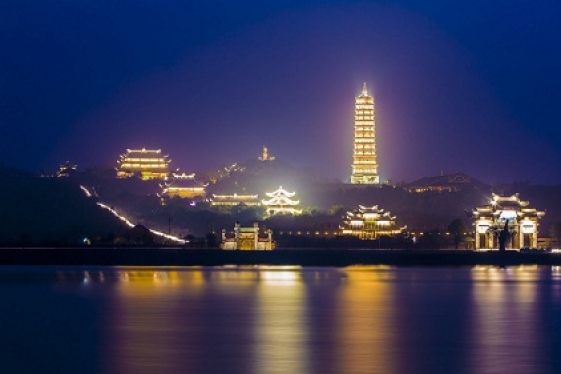
Bai Dinh Pagoda
Bai Dinh Pagoda is famous for its great size and is a cluster of Buddhist architectural structures, consisting of new, giant and imposing temples of the newly-built Bai...
-
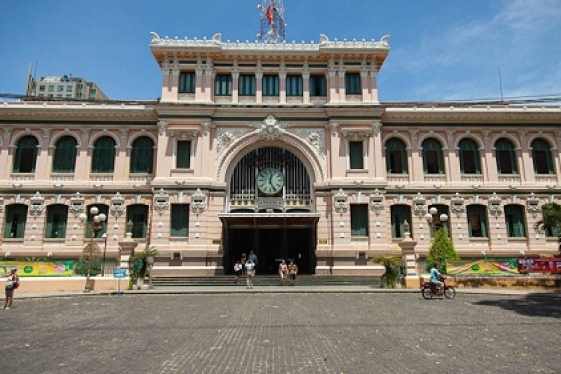
Central Post Office in Ho Chi Minh City
The Central Post Office in Ho Chi Minh is a beautifully preserved remnant of French colonial times and perhaps the grandest post office in all of Southeast Asia. Located next...
Destinations
Most popular tours
-
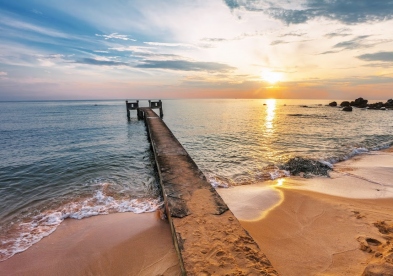
Central Coast Vietnam
Price from: 2.014 US$
-

Nha Trang Beach Fun
Price from: 210 US$
-
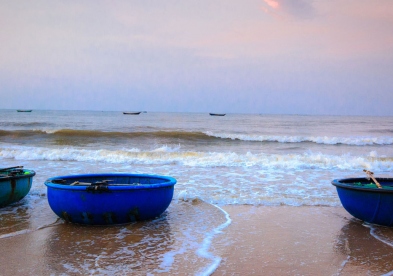
South Vietnam Getaway
Price from: Contact
-
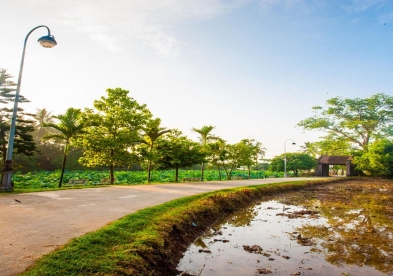
Duong Lam Ancient Village
Price from: 28 US$
Business info
Vietnam Local Guide
- Address: 18th Floor, VTC Online Tower, 18 Tam Trinh Str.,Hai Ba Trung Dist., Hanoi, Vietnam
- Email: info@vietnamguider.com
- Phone: (+84) 0904989890
- Hotline: (+84) 0904989890